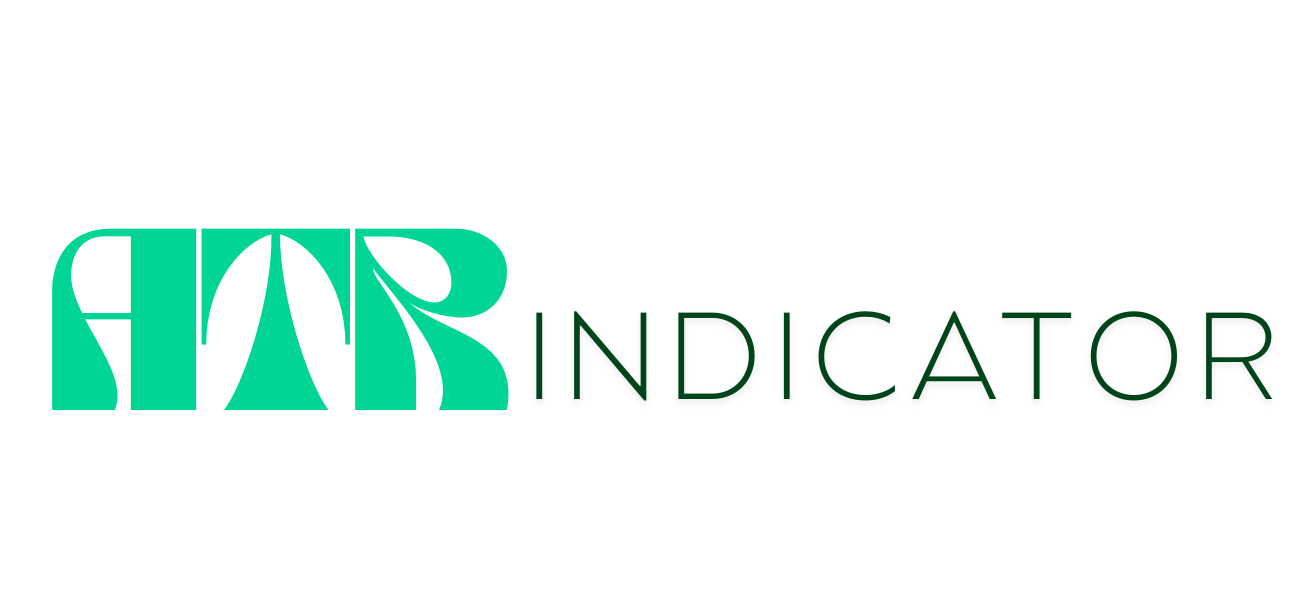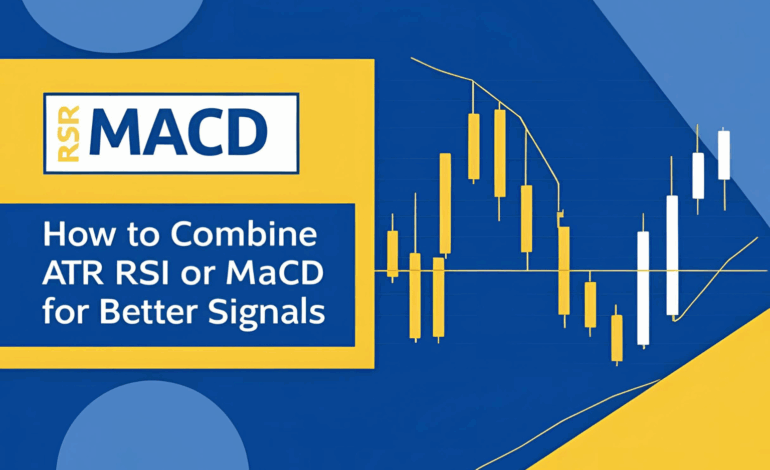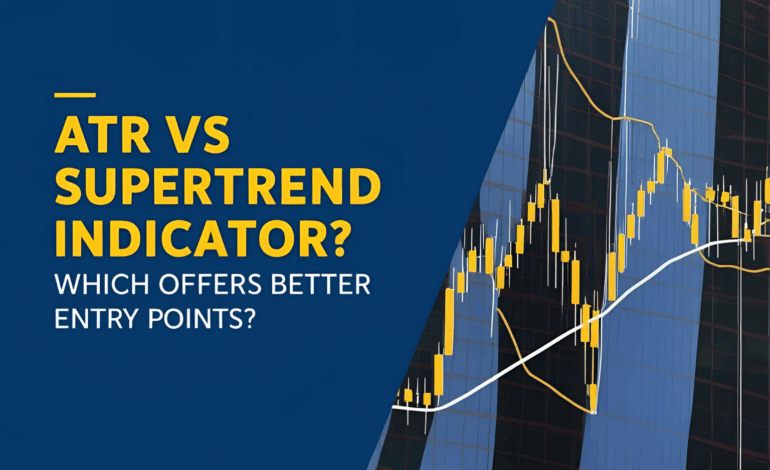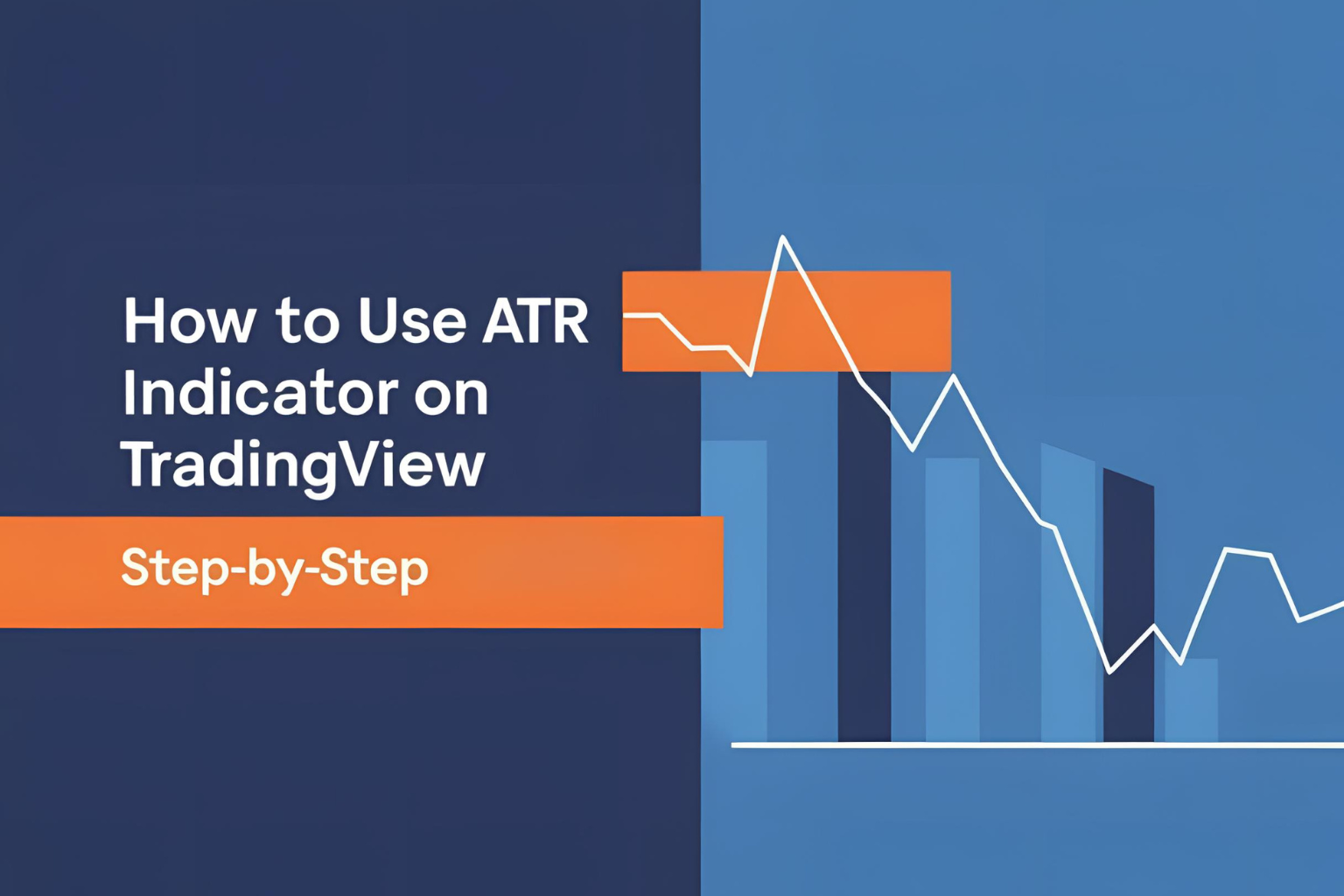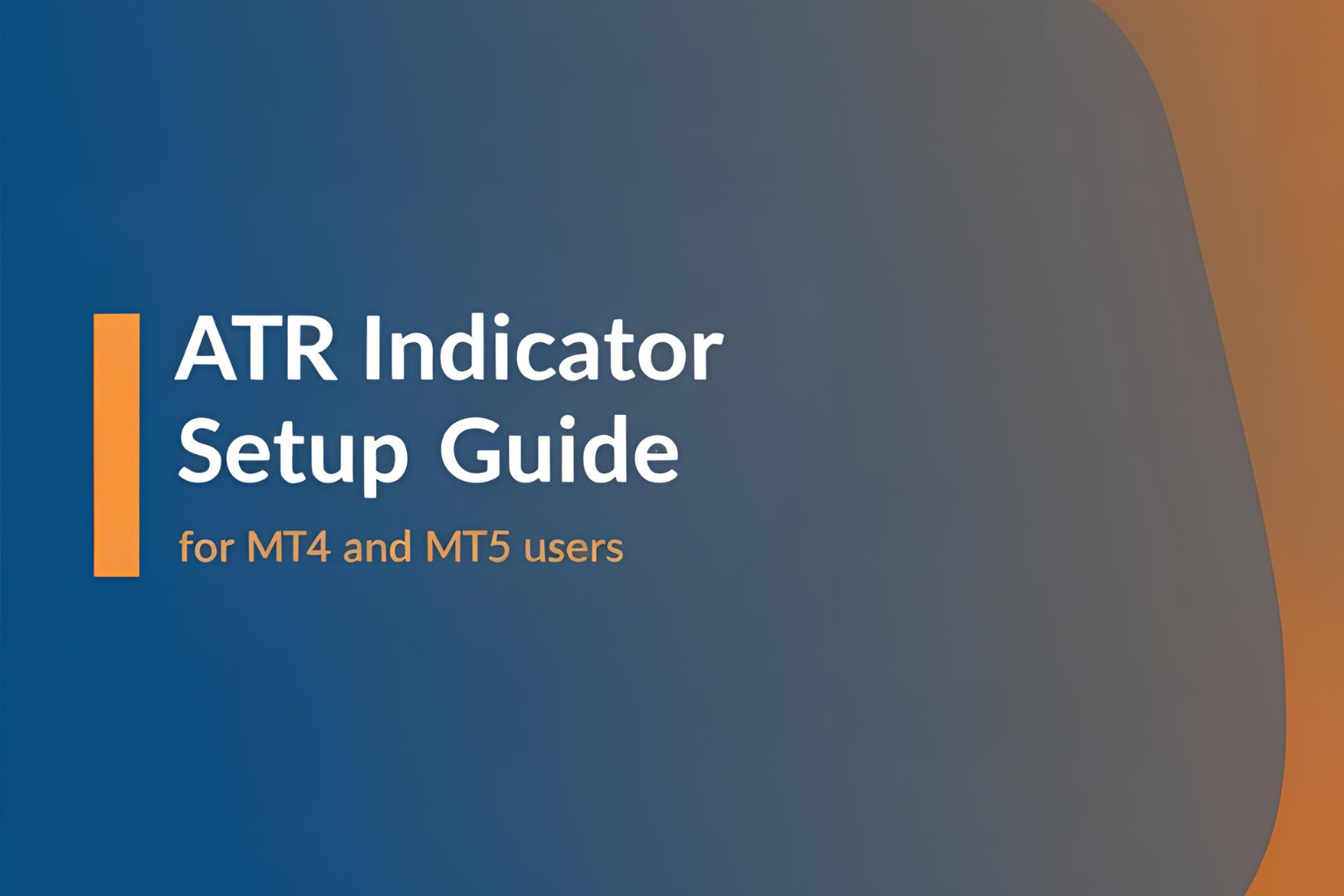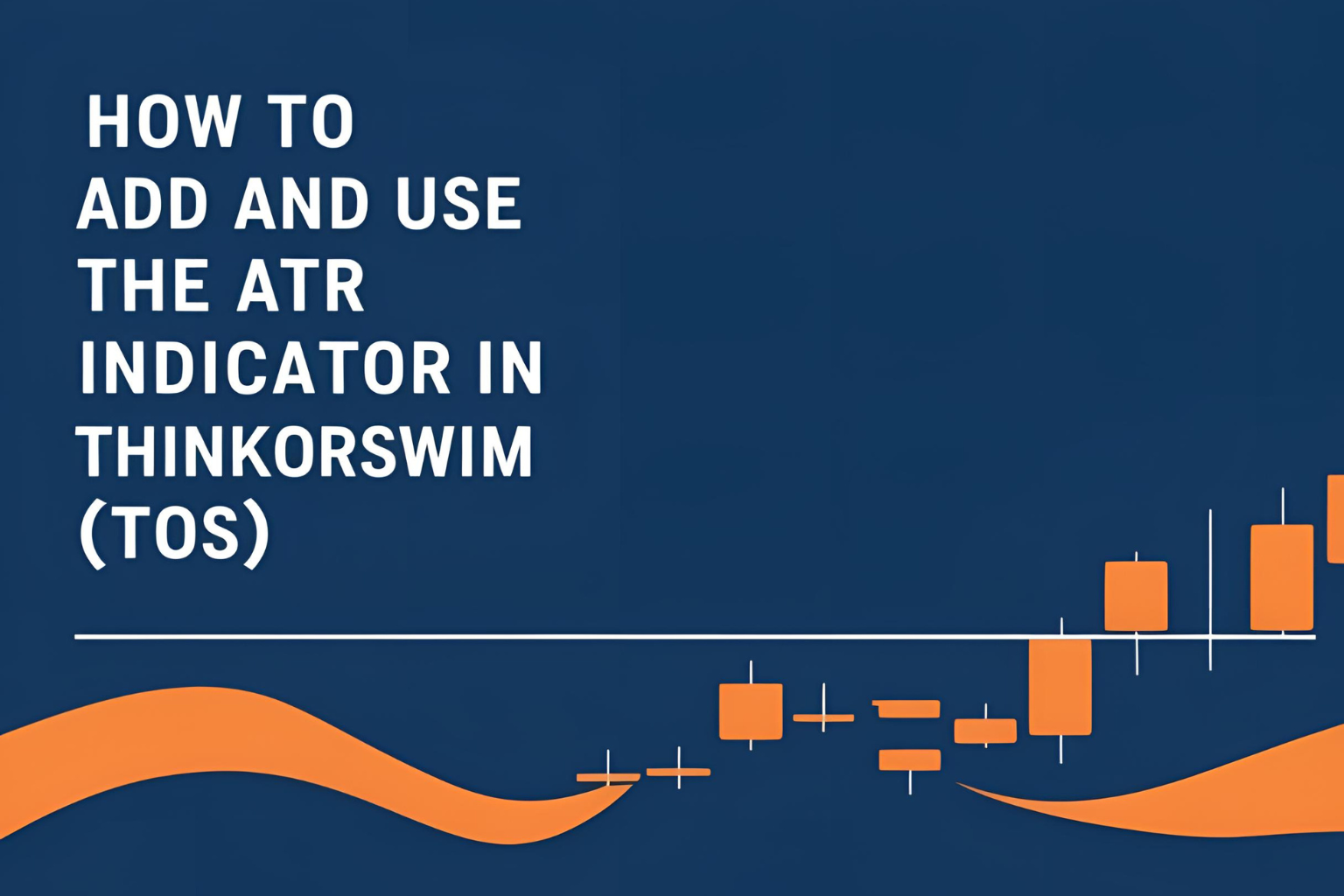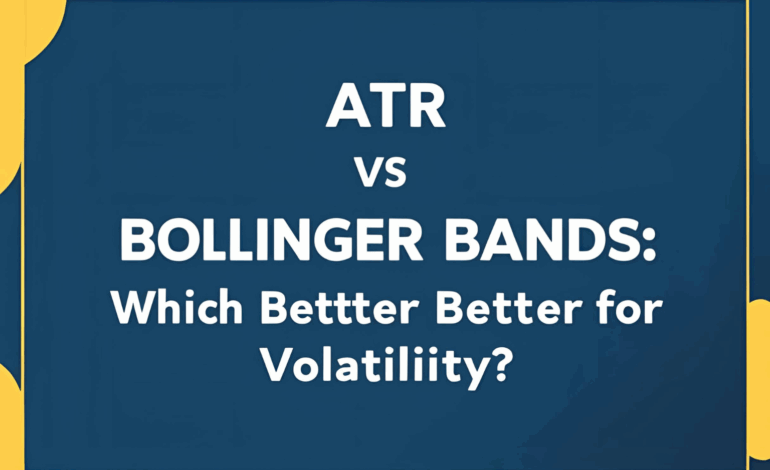
ATR vs Bollinger Bands: Which Is Better for Volatility?
Both ATR (Average True Range) and Bollinger Bands are widely used for analyzing market volatility, but they work in very different ways. Knowing when and how to use each can help you make better trading decisions.
In this post, we’ll break down the differences between ATR and Bollinger Bands, and help you decide which one is more suitable for your trading style.
1. How They Measure Volatility
🔹 ATR (Average True Range):
- Measures the average range of price movement over a period
- Uses True Range which accounts for gaps and wicks
- Shows volatility strength, but not direction
🔹 Bollinger Bands:
- Based on a moving average + standard deviation
- Creates an upper and lower band around price
- The bands expand and contract with volatility
2. Visual Appearance on Charts
- ATR is a separate line below your chart, representing numeric volatility
- Bollinger Bands appear as envelopes around the price chart
- Wide bands = high volatility
- Narrow bands = low volatility
3. When to Use ATR
- Ideal for:
- Stop-loss & take-profit calculation
- Position sizing based on risk
- Confirming volatility breakouts
ATR is preferred when you want a numerical volatility reading to adjust your trades precisely.
4. When to Use Bollinger Bands
- Ideal for:
- Identifying squeeze setups before breakouts
- Spotting reversal zones near upper/lower bands
- Visual trend and range recognition
Bollinger Bands are great when you need visual context for entry and exit decisions.
5. Key Differences: ATR vs Bollinger Bands
| Feature | ATR | Bollinger Bands |
|---|---|---|
| Type | Line indicator | Overlay indicator |
| Shows direction? | No | Partially (via band slope) |
| Helps with stop-loss? | Yes | Not directly |
| Best for entries/exits? | Combined with other tools | Yes (upper/lower band zones) |
| Responsive to gaps? | Yes | Less responsive |
| Setup complexity | Simple | Moderate |
Which One Should You Choose?
- Choose ATR if your focus is risk management, trailing stops, or strategy building
- Choose Bollinger Bands if you prefer visual pattern recognition, squeezes, and dynamic price zones
Pro Tip: Many professional traders use both—Bollinger Bands for entries and ATR for exits.
Conclusion
The ATR vs Bollinger Bands debate isn’t about which is universally better, but which suits your trading purpose. ATR is excellent for measuring raw volatility, while Bollinger Bands are powerful for visual setups and breakout anticipation. Use them individually or together for a more robust approach.
✅ FAQs
1. Is ATR better than Bollinger Bands for stop-losses?
Yes, ATR provides precise numerical guidance for placing volatility-based stop-losses.
2. Can I use both ATR and Bollinger Bands together?
Yes, many traders use Bollinger Bands for entry signals and ATR for managing risk.
3. Are Bollinger Bands good for trending markets?
They are more effective in range-bound markets, though band breakouts can confirm trends.
4. Does ATR work well for swing trading?
Absolutely. ATR is widely used in swing and position trading strategies.
5. Which indicator is better for beginners?
ATR is simpler to understand, but Bollinger Bands offer strong visual cues for chart analysis.
